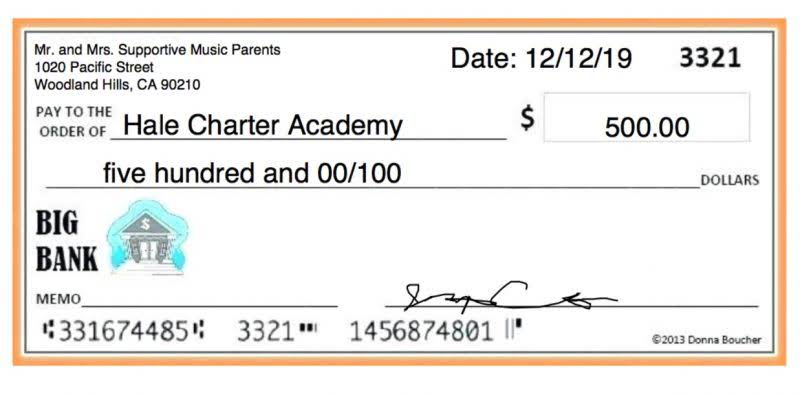
Outsourcing bookkeeping tasks to an experienced team like Bob’s Bookkeepers helps keep a business’s books adjustments in accounting examples and records in order, while giving the team more time to focus on what they do best. In any case, the adjusting entries will affect at least two accounts, following double-entry accounting rules. Importantly, adjusting entries will always affect an income statement account and a balance sheet account. An accounting entry for inventory adjustment is needed when taking a physical inventory count that differs from the recorded value on the balance sheet. Any difference between these two values needs to be accounted for through an adjusting journal entry.
Typical Adjusting Entries Examples
Debit Cash (because money just rolled in—woohoo!) and credit Unearned Revenue. As you fulfill your obligation over time, you’ll make adjusting entries to debit Unearned Revenue (decreasing your liability) and credit Revenue (recognizing the income). It’s like delivering those DJ beats and finally earning that advance payment.
Types of Adjusting Entries with Examples

The spreadsheet typically has five sets of columns that start with the unadjusted trial balance accounts and end with the financial statements. In other words, an accounting worksheet is basically a spreadsheet that shows all of the major steps in the accounting cycle side by side. Many adjustments happen because improper accounting treatments were used in prior periods. This was the case for a lot of early 2000’s company that were involved in accounting scandals. For years, the company was recording special purpose entities as separate businesses without consolidating their activities on the main set of financial statement. Because proper ownership and capitalization structures were not maintained, Enron was actually supposed to consolidate these activities.
Recording Common Types of Adjusting Entries

This is essential for managing cash flow https://www.bookstime.com/ and ensuring that financial obligations are met on time. On the other hand, prepaid expenses happen when you pay in advance for goods or services. It’s like pre-ordering the latest gadget—you’ve paid now, but you’ll get to enjoy it later.

Deferred revenues
- Without these adjustments, reports can misstate a company’s financial position, affecting net income and adherence to accounting principles.
- It’s like acknowledging that your gym membership fee is coming up sooner than you’d like.
- Second, they should maintain thorough documentation for all adjusting entries, including the reason for the adjustment and supporting calculations.
- The journal entry done for accrued expenses (or accrued liability) is one of the main types of adjusting entries.
- The balance in Service Revenues will increase during the year as the account is credited whenever a sales invoice is prepared.
- A cash discount is provided to debtors as an encouragement for early payments.
Over time, as you “use up” the prepaid item, you’ll make adjusting entries to debit the appropriate Expense account (like rent or insurance expense) and credit the Prepaid Expense account. It’s like finally binge-watching that streaming service you paid for a year ago—time to get normal balance your money’s worth. Yep, we’re talking about those mysterious year-end adjusting entries to your profit & loss statement and balance sheet. Think of it as giving your financials a little makeover to reflect your business’s true financial glow-up. In this article, we’ll dive into the world of year-end adjusting entries, complete with examples that’ll make you the star of your next accounting meeting.
- Amortization involves gradually writing down the value of intangible assets like patents and licenses.
- Obviously, this is a major adjustment, but there are plenty of examples of smaller one.
- Outstanding expenses refer to those expenses which relate to the current accounting period but have not been paid so far.
- It will help you understand how to make adjusting entries for various transactions and will clear up any confusion you may have about them.
- The amounts owed by these customers are recorded in individual ledger accounts under the accounts receivable control account.
- Conversely, if a company’s reported income includes one-time gains, then removing them lowers taxable income, requiring a downward tax adjustment.
Company
That is accrued expenses account for expenses that are generated in one period, but paid for later. Adjusting entries are accounting entries made at the end of an accounting period to ensure that the financial statements accurately reflect the accrual basis of accounting. These entries are necessary because some transactions and events are not recorded daily but affect the financial statements for the period in which they occur. Similar to an accrual or deferral entry, an adjusting journal entry also consists of an income statement account, which can be a revenue or expense, and a balance sheet account, which can be an asset or liability.
Deferred revenue as a type of adjusting entry example 2
Regulatory bodies like the SEC have guidelines to prevent manipulation, emphasizing documentation and transparency. These risks underscore the need for robust internal controls and audit processes to ensure topside entries are justified, accurate, and transparent. Topside entries significantly influence financial statements by altering metrics like net income, earnings per share, and return on equity, which are closely monitored by investors, analysts, and regulators. Properly applied, these entries ensure financial reports reflect economic events impacting the organization. By adjusting for various factors, they help align financials with strategic objectives and operational realities. To achieve this, it needs to be noted that the income statement of the prior year gets carried forward to the retained earnings account automatically.
